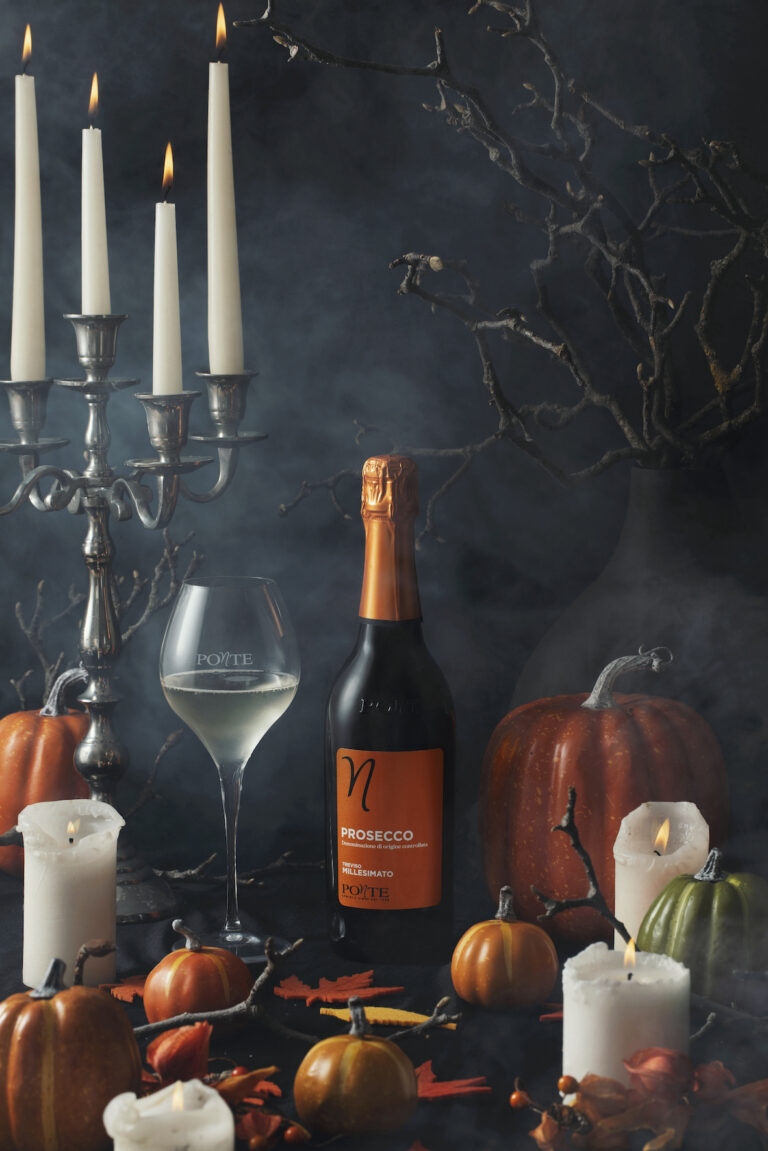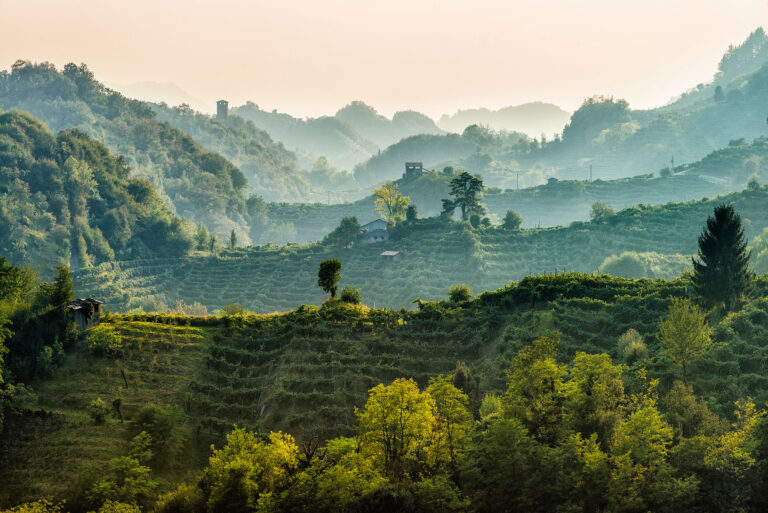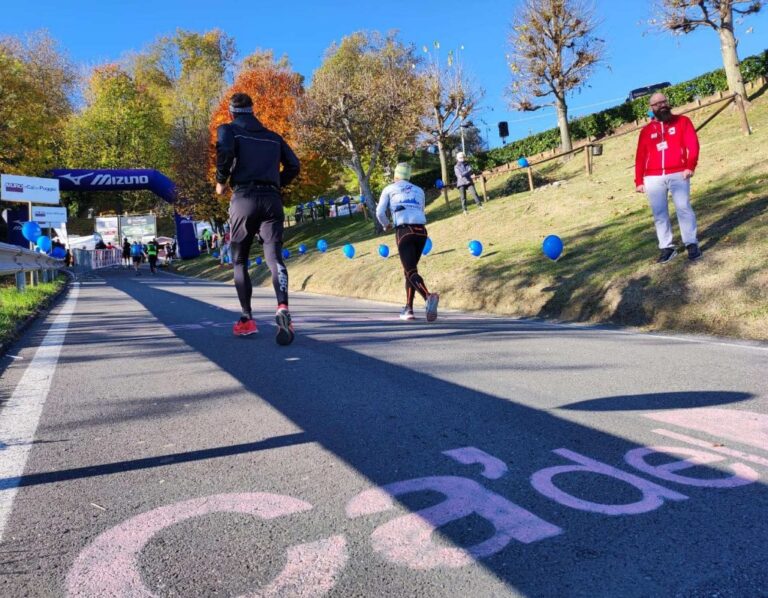For some people “bacaro” is synonymous with tavern or pub, yet it is not just a bar, it is not only a meeting place for aperitif, it is the tavern par excellence of Venice, one of the places where today you can still breathe the most authentic air of the city and make it a real experience.

A little history: The term “bacaro” would derive from the Venetian “far bacara”, that is to say, party, in other words: having fun, drinking ombre (wine glasses), enjoying the cicheti (appetizers of the Venetian tradition), which serve only as an accompaniment to wine, bacaro’s main character, with the company of the innkeeper and the Venetians themselves.
The bacari date back to the 18th century and the first one officialy known is the Bacaro Grande in Rialto: they were alternative places to the more expensive taverns called “trattorie”, where the lowly people could eat and have a drink and they were inspired to the previous existing “malvasie”, ancient taverns where the Malvasia wine was served.

Even the wine glasses and the appetizers have a history of their own: the name ombra comes from the fact that, in the past, wine vendors would move their products depending on where the shadow of the San Marco bell tower was located, to keep the wine always cool. The cicheto instead comes from the latin word ciccus, that is “small quantity”, and typically consists of meatballs (meat, fish, vegetables), sardine, codfish, octopus, fried foods and croutons of various kinds.

Today’s bacaro: Today going to the bacaro is not only an appointment similar to the aperitif for the locals but a real ritual of the city, in which everyone is welcome, as long as you respect the rules: let yourself go to the tasting of wine and cicchetti and to the carefree conversation with the Venetians, who have always crowded the narrow and charming bacari.
© Marcadoc editorial team | 29/07/2024




